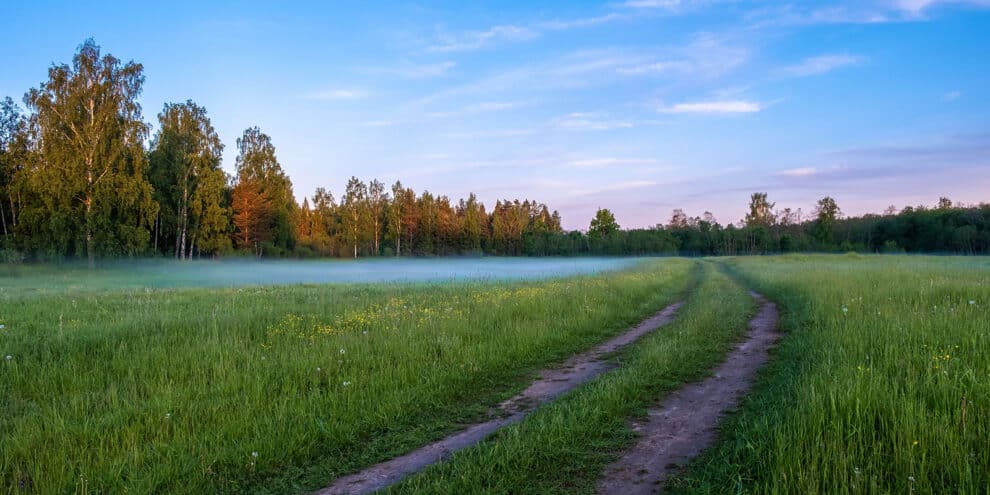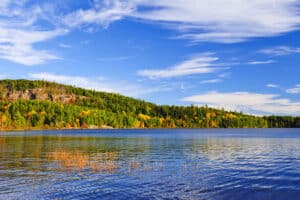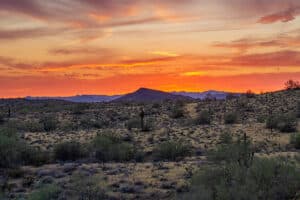One of our clients called me last fall, deeply frustrated after attempting to reach a property he was considering purchasing. What his GPS confidently labeled as a county road turned out to be little more than a game trail disappearing into dense brush. He had fallen in love with the stunning 40-acre parcel listed well below market value, and now he understood why – the legal access existed only through a complicated easement crossing three neighboring properties, and the physical route would need significant work before his truck could even attempt the journey.
I’ve seen this scenario play out dozens of times over the years, and it illustrates one of the most misunderstood aspects of rural land investment: access. While subdivision buyers take paved roads for granted, those of us working with isolated properties know that access issues can make or break an otherwise perfect purchase.
In my experience, access challenges typically fall into three categories, each requiring different solutions:
Legal Access: The Foundation of Property Rights
Legal access means your lawful right to travel to and from your property. This sounds straightforward until you’re staring at a “No Trespassing” sign between you and land you own. I’ve watched many excited buyers deflate when they realize owning land doesn’t automatically grant the right to cross neighboring properties.
For landlocked parcels, I always investigate recorded easements first. These legal instruments grant specific crossing rights across another property, but the details matter enormously. Just last month, a client nearly purchased a hunting tract with what the seller called “deeded access,” only for us to discover the easement was limited to “foot travel only” – making it impossible to bring in building materials or equipment.
Key questions I always investigate include:
- Is the easement explicitly documented in property records, or merely implied?
- Does it transfer with the property, or was it granted only to the current owner?
- What specific restrictions exist? I’ve seen easements that prohibit everything from commercial vehicles to access during hunting season.
- Who’s responsible for maintenance? This seemingly minor detail once cost a client nearly $7,000 when a summer storm washed out a shared access road.
Physical Access: What Good is Legal Access If You Can’t Use It?
I learned early in my career that legal access means nothing if you can’t physically navigate the route. I’ll never forget a client calling after getting his SUV stuck attempting to view a promising property during what seemed like mild spring weather. That expensive tow service taught him to evaluate physical access with extreme skepticism.
Common physical limitations I’ve encountered include:
- Deceptive terrain: That “minor slope” on topographic maps translates to a 30% grade that becomes impassable when wet
- Seasonal challenges: A modest creek crossing in summer becomes an impassable torrent after spring rains
- Infrastructure gaps: The absence of a single culvert can render an otherwise solid access route useless
- Misleading distances: A two-mile access road doesn’t sound problematic until you calculate maintenance costs
For off-grid clients, I emphasize that physical access affects everything downstream. That beautiful mountain property becomes significantly less attractive when you realize concrete trucks can’t reach it, emergency services might be unavailable, and winter storms could leave you stranded for weeks.
Controlled Access: When Others Hold the Keys
Some of the most frustrating situations I’ve navigated involve properties accessed through gated roads or routes controlled by third parties. Last year, a client purchased recreational land with access through a U.S. Forest Service road, only to discover the road was seasonally closed from November through April – precisely when he had planned hunting trips.
In contrast to access problems that derail purchases, one savvy investor I worked with turned access challenges into a significant opportunity. He identified a stunning 35-acre parcel in northern Arizona listed at 40% below market value due to “questionable access.” Rather than being deterred, he researched county records thoroughly before purchasing and discovered the property had legal access rights through an old logging easement that crossed two neighboring properties. After closing at the discounted price, he personally visited both neighbors, introducing himself and discussing his plans for minimal impact development. Over the course of several conversations, he negotiated reasonable improvements to the existing easement – even offering to handle snow clearing for one elderly neighbor during winter months. Not only did this approach secure him practical access for about $3,500 in improvement costs, but it also established valuable relationships in his new community.
Case Study: Arizona’s Off-Grid Access Challenges
Arizona perfectly illustrates the complexities of off-grid access. The state attracts off-grid enthusiasts due to its sunshine, affordable land, and minimal building restrictions in rural areas. However, I’ve found Arizona’s historical development patterns create unique access headaches.
Many rural Arizona subdivisions were created decades ago through what locals call “wildcat” development – large ranches subdivided with minimal infrastructure planning. A client evaluating a property near Kingman last summer reported a puzzling situation. The official plat showed a clear public access road, but in its place stood an imposing homemade gate with multiple “No Trespassing” signs. Further investigation revealed boulders strategically placed to block what should have been public access.
When we contacted county officials about this particular property – admittedly after several unreturned calls – they surprised us by sending someone out with a drone to survey the situation. The aerial footage clearly showed where the legal access route should be, and the official provided valuable suggestions for addressing the unauthorized blockages.
While access challenges are typically framed as obstacles, I’ve watched knowledgeable buyers turn them into advantages. In my next article regarding land access, I’ll discuss how the most successful off-grid property owners I work with aren’t seeking perfect convenience, but rather understanding their legal rights and strategically exercise them.
Learn more about creative solutions to access challenges by reading The Educated Buyer’s Advantage: When Access Limitations Become Benefits.
This content may not be used or reproduced in any manner whatsoever, in part or in whole, without written permission of LANDTHINK. Use of this content without permission is a violation of federal copyright law. The articles, posts, comments, opinions and information provided by LANDTHINK are for informational and research purposes only and DOES NOT substitute or coincide with the advice of an attorney, accountant, real estate broker or any other licensed real estate professional. LANDTHINK strongly advises visitors and readers to seek their own professional guidance and advice related to buying, investing in or selling real estate.










Add Comment